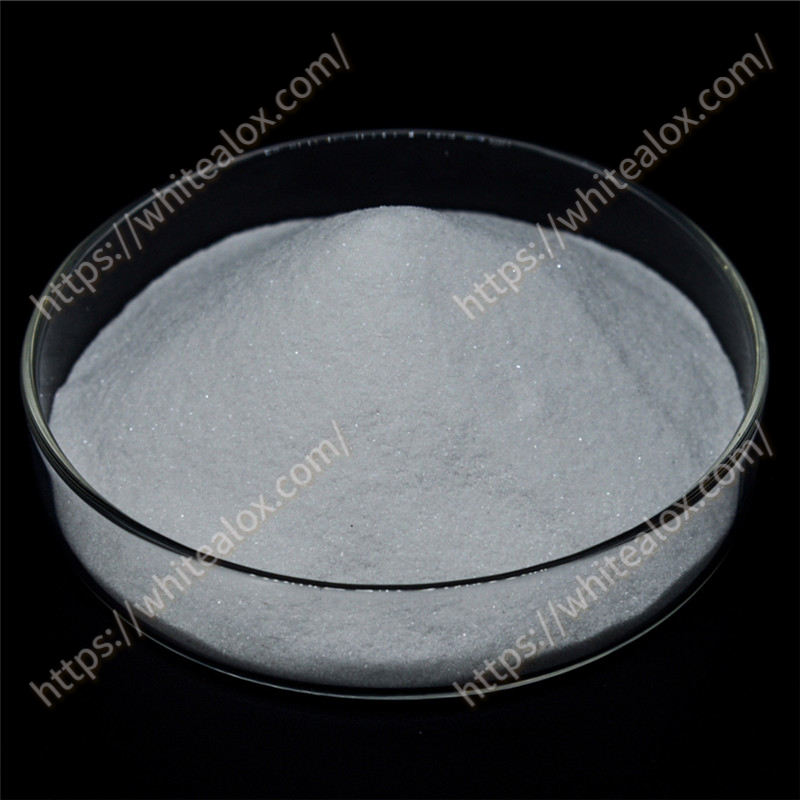White aluminum oxide (Al₂O₃) is an excellent choice for a wear-resistant layer due to its high hardness, chemical inertness, and thermal stability. Here’s a detailed breakdown of its properties and applications in wear-resistant coatings:
Key Properties of White Aluminum Oxide for Wear Resistance
High Hardness (Mohs 9) – Resists abrasion and erosion better than many metals and polymers.
Chemical Inertness – Resists corrosion from acids, alkalis, and oxidizing environments.
Thermal Stability – Maintains strength at high temperatures (up to ~1,800°C).
Low Porosity – When properly sintered or plasma-sprayed, it forms a dense, protective layer.
Electrical Insulation – Useful in applications requiring non-conductive wear protection.
Common Applications
Thermal Spray Coatings (Plasma or HVOF) for industrial machinery, pumps, and turbines.
Abrasion-Resistant Linings in hoppers, chutes, and pipelines handling abrasive materials.
Wear Plates & Cutting Tools – Used as a coating to extend service life.
Ceramic Armor & Ballistic Protection – Due to its hardness and impact resistance.
Industrial Rollers & Guides – Protects against friction and wear.
Methods of Application
Plasma Spraying – Produces a dense, well-adhered coating for high-wear environments.
HVOF (High-Velocity Oxygen Fuel) – Offers superior bond strength and low porosity.
Sintering – Used for ceramic components requiring structural integrity.
Sol-Gel Coatings – Thin, uniform layers for precision applications.
Comparison with Other Wear-Resistant Materials
| Material | Hardness (Mohs) | Max Temp. (°C) | Best For |
|---|---|---|---|
| White Al₂O₃ | 9 | ~1,800 | Abrasion, corrosion |
| Chromium Carbide | 8.5 | ~1,100 | Sliding wear |
| Tungsten Carbide | 9-9.5 | ~1,200 | Extreme abrasion |
| Silicon Carbide | 9.5 | ~1,600 | Chemical + wear |
Limitations
Brittleness – Prone to cracking under impact unless combined with toughening agents (e.g., ZrO₂).
Substrate Preparation Required – Needs proper grit blasting for adhesion in thermal spray.
Cost – More expensive than some polymer-based wear solutions but longer-lasting.
Enhancements
Al₂O₃-TiO₂ (13% TiO₂) – Improves toughness for impact resistance.
Al₂O₃-ZrO₂ – Enhances fracture toughness for high-stress applications.
Conclusion
White aluminum oxide is ideal for applications requiring high wear resistance, thermal stability, and chemical inertness. For extreme impact, composite coatings (e.g., Al₂O₃-TiO₂) may be preferable.

